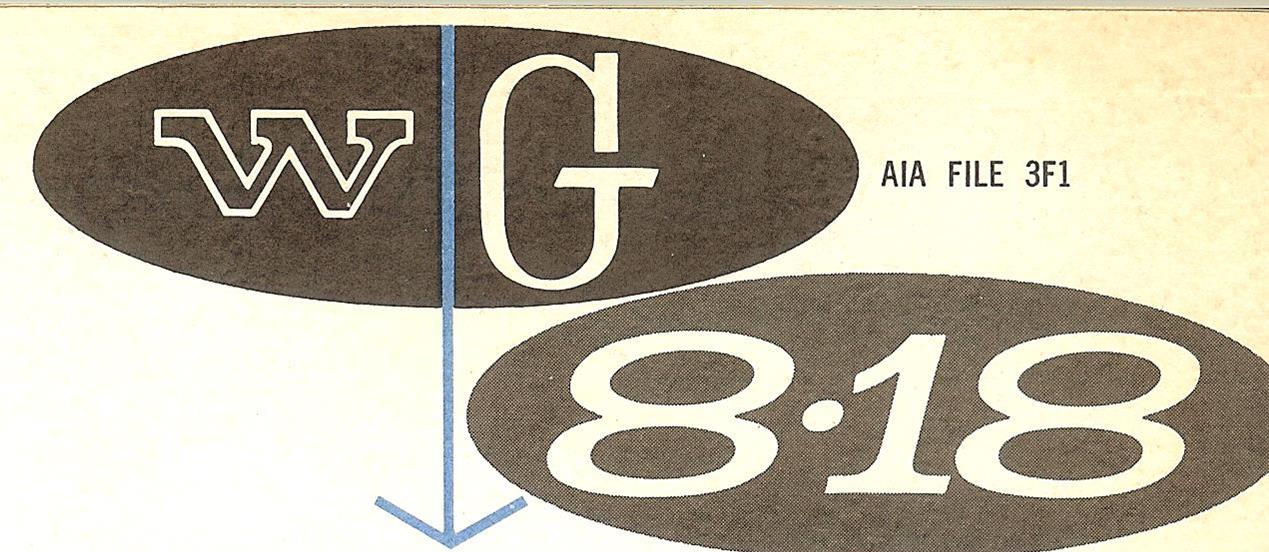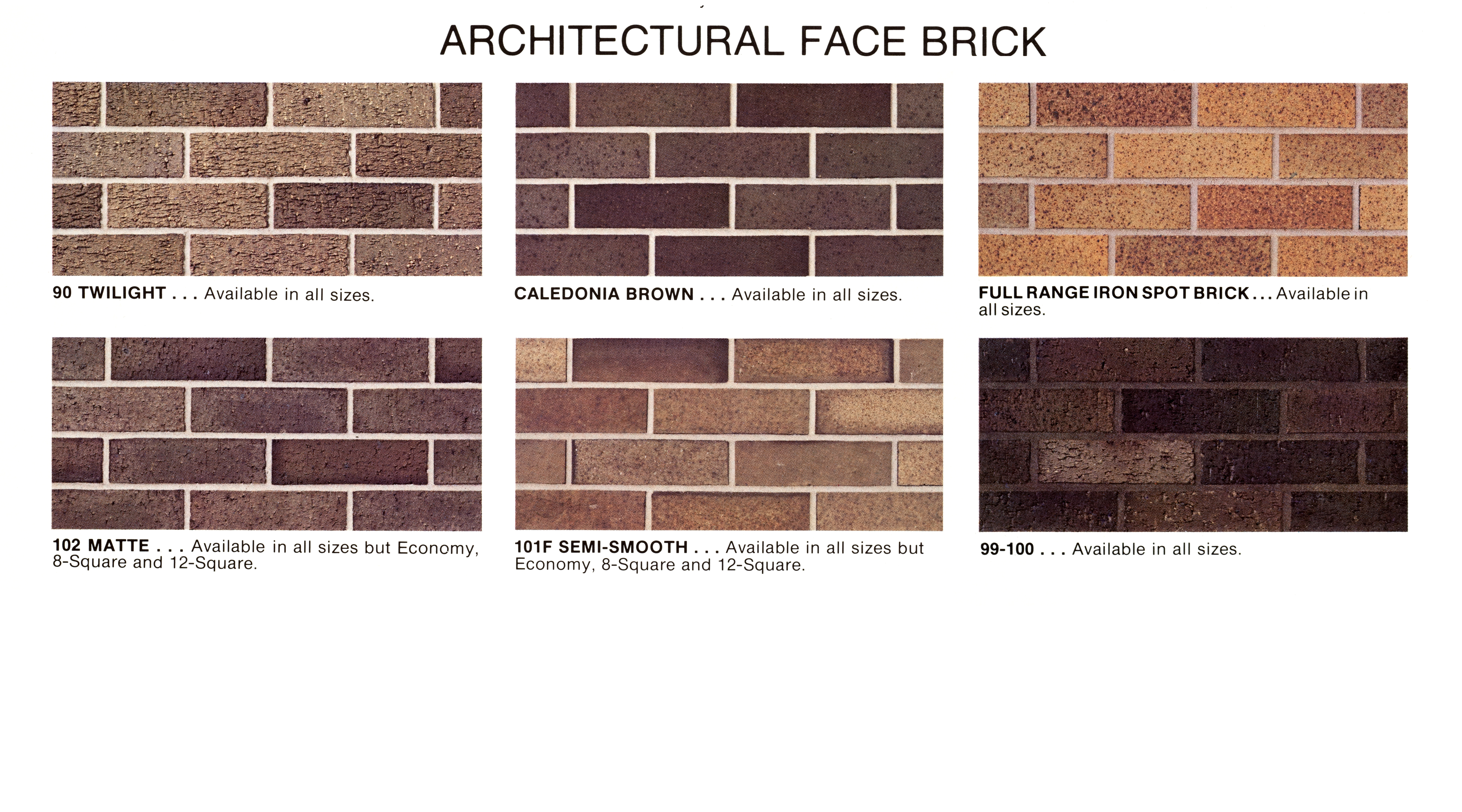The Midvale plant turnaround soon turned difficult. The plant had never made money through three owners before WG purchased the plant from the First National Bank of Allentown, PA., after the last owner went belly up. The product line consisted of unremarkable face brick produced in tunnel kilns and flue liners produced at a loss in periodic kilns. The labor force was very high cost and militant. The kilns and grinding area were a bargain. WG’s plan was to produce the higher priced unique line of face brick and pavers developed in the periodic kilns at Magnolia in the lower cost tunnel kilns and have good profit margins despite the labor cost. Trial runs of these products over the next 10 years resulted in only 50 percent yield of salable material. Our attempt to produce “flashed” colors in the continuous kilns failed. This failure paralleled the Structural Stoneware effort to move its unique product to a fast-fire low-cost process, as well as the failure of numerous steel plants that tried to reproduce unique specialty steel products by continuous casting, rather than the more expensive ingots.
Two building recessions in the early 1980s forced two yearlong shutdowns at Middle with a resulting large loss both years. Housing construction is highly sensitive to interest rates – if rates are down, housing is up and if rates are up, housing is down. Being a second- or third-rate line producer in the eyes of distributors meant that when business was down, they favored their most valuable suppliers for the available business. When business was good, the first line suppliers had long delivery times and factories like Midvale did better. Business picked up and by 1987, the Midvale plant broke even on record sales for the plant.




